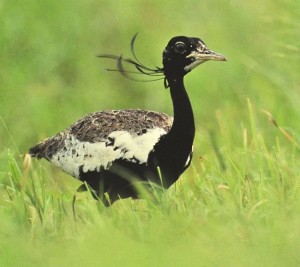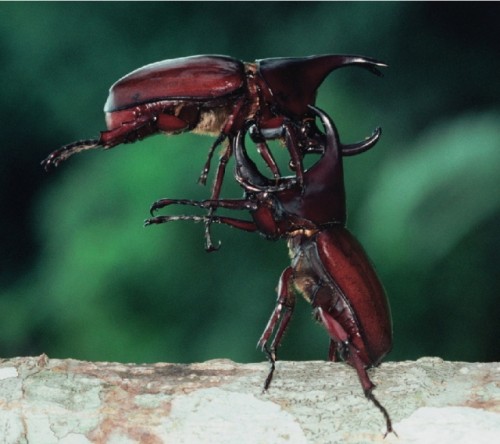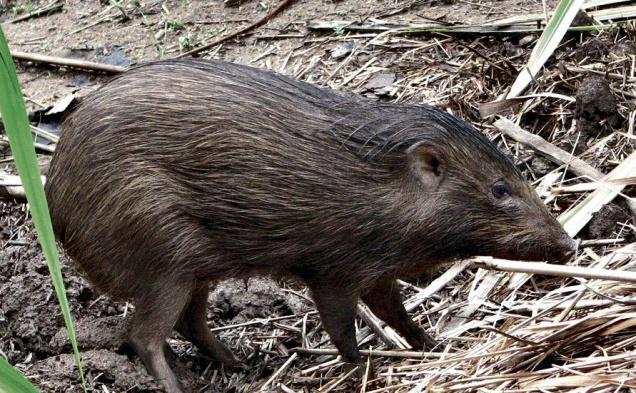 The Great Indian Bustard and its cousin the Lesser Floricans have something to cheer about as the year ends. The Environment Ministry has come up with specific guidelines to protect the two species that are on the verge of becoming extinct.
The Great Indian Bustard and its cousin the Lesser Floricans have something to cheer about as the year ends. The Environment Ministry has come up with specific guidelines to protect the two species that are on the verge of becoming extinct.
There was once a time when the Great Indian Bustard was being considered as the national bird of India. While the more attractive peacock grabbed the title, what the bustard also lost was precious protection that could save it as India’s industries and population grew.
The IUCN elevated the status of this bird from endangered to critically endangered this year with the current population of the bird in the wild being just 300.
It is surely this shocking revelation of the species present status that has prompted the environment ministry to give out specific guidelines for the species protection and start a conservation project called ‘Project Bustard’.
The ministry-appointed task force suggested: “It is very important to initiate a national conservation effort…on the lines of Project Tiger or Project Elephant.”
The plans are now to start an in-situ breeding centre of the species and also take strict measures to protect its grassland habitat.
The population of GIB is confined to Andhra Pradesh, Karnataka, Maharashtra, Madhya Pradesh, Gujarat and Rajasthan. Both the bustard and Lesser Florican has fallen prey to poaching as well as rapid depletion of its habitat.
“The changing lifestyles have also led to a shift in the crop pattern from the bustard-friendly traditional monsoon crops to cash crops, which are not suitable for the GIB,” the guidelines noted.
Some of the important protective measures suggested in the guideline are,
- Need for a grassland policy and involving the local population in saving these birds
- Setting up bustard monitoring cells for patrolling of their habitat
- Fencing in core areas and appointing forest guards to prevent disturbances to the breeding birds
- Aquiring the non-protected lands adjoining the core areas holding bustards, which are crucial to breeding
 Meanwhile, the Lesser Florican too is finding it difficult to survive with climate change being a constant problem.
Meanwhile, the Lesser Florican too is finding it difficult to survive with climate change being a constant problem.
The bird is found in Gujarat, Rajasthan, Maharashtra and western Madhya Pradesh. Their number is said to be around 2,500. Experts say the climate change is likely to hit this monsoon breeder the most.
The guidelines also suggest a two-pronged strategy for people’s involvement in Florican conservation: direct reward and incentives for grassland owners and informers as well as general mass awareness.
The new year will hopefully bring a promising future in India for both species.
Related Stories:
Lesser Floricans getting Lesser and Lesser in India
Mining a Death Knell for Great Indian Bustard
Poor Genentic Diversity Spelling Doom for Great Indian Bustard
Image Courtest Mr. Ramanan via Madraswanderer






3 thoughts on “Project Bustard on the way”